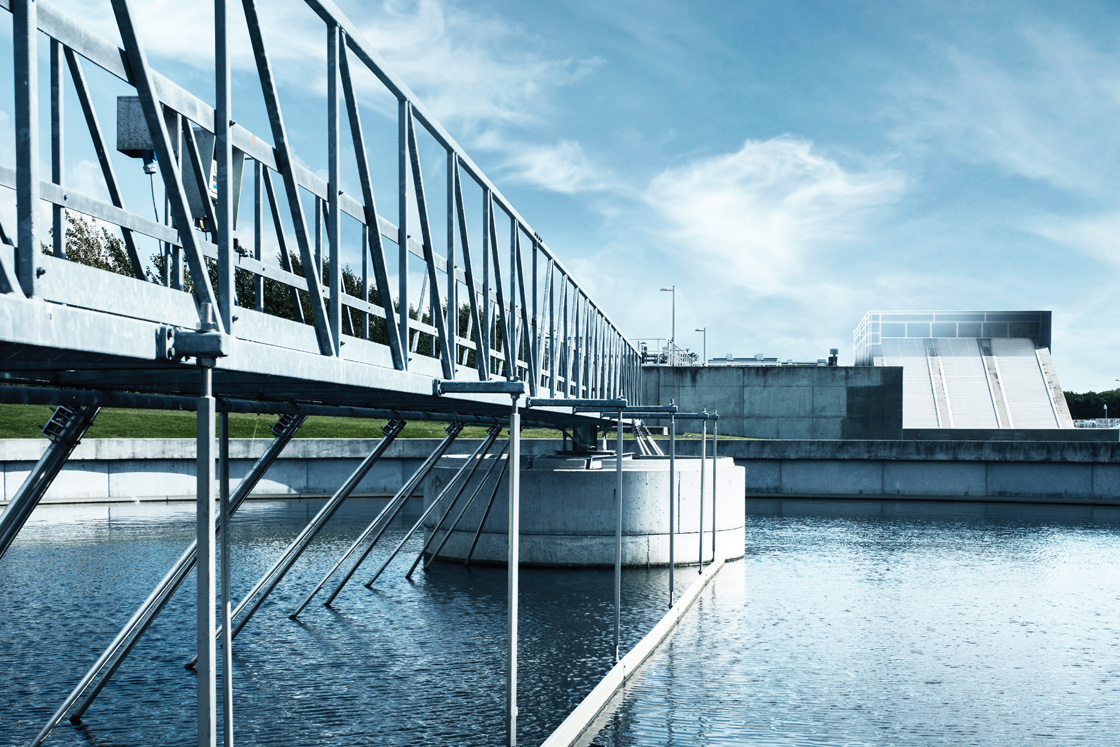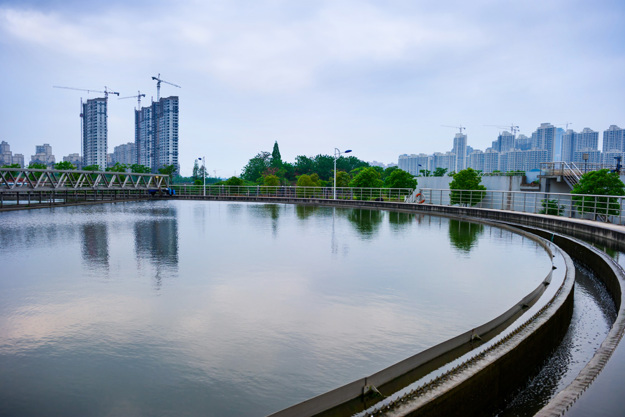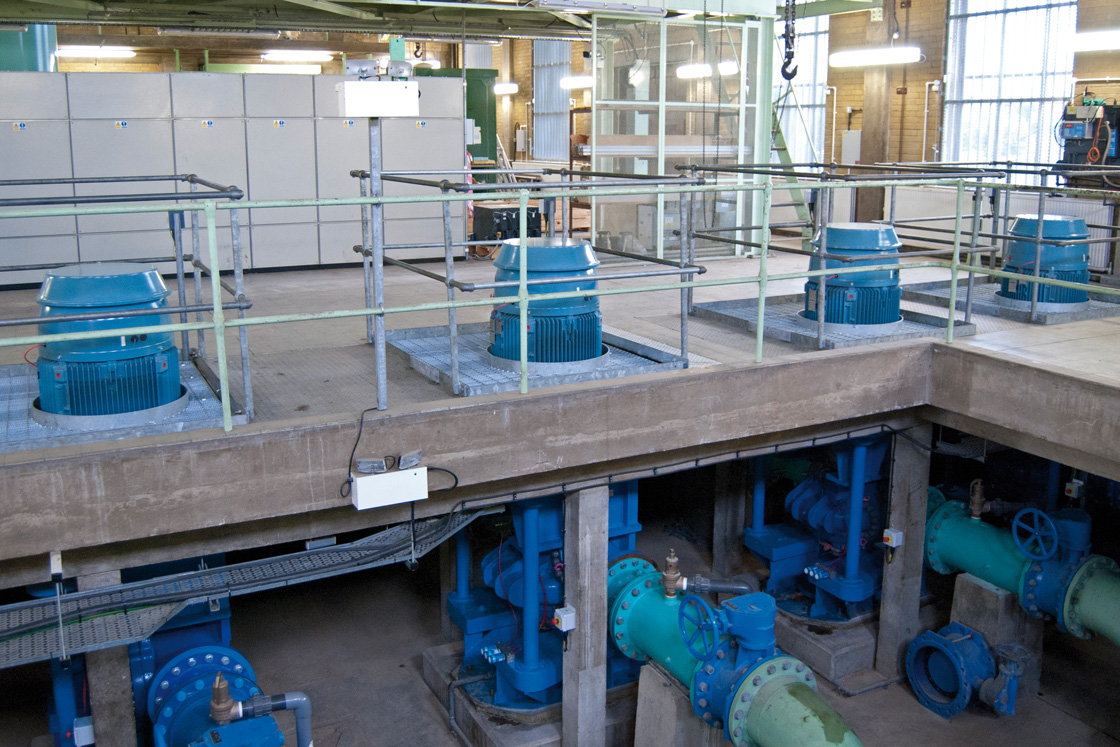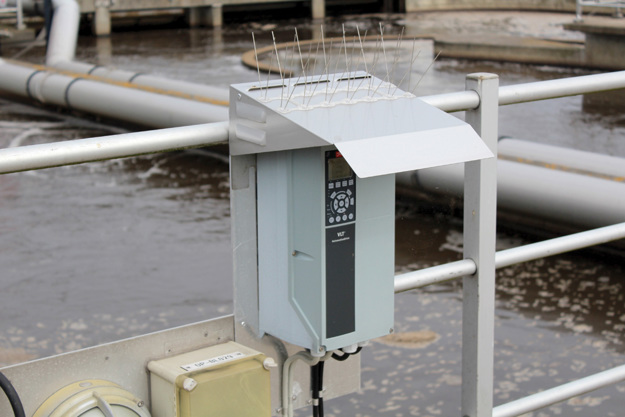DENMARK: It takes tremendous amounts of energy to provide people with water and sanitation. This challenge will only increase as the world evolves and populations grow. Today, cost-effective and energy efficient solutions can reduce energy consumption in the water sector massively, not least at wastewater treatment plants.
In Aarhus, Denmark, the Marselisborg Wastewater Treatment Plant (WWTP) has installed drives for more energy efficiency, as well as generating energy from sludge. Now it produces far more energy than it needs for treating wastewater for the 200,000 people it services.
In fact, Marselisborg WWTP produces so much energy that it can cover the energy needed for the supply of drinking water as well. Marselisborg WWTP thus offers a pathway to an energy neutral water sector and shows how to decouple energy from water.

The challenge: Energy intensive processes for wastewater treatment
Wastewater treatment requires energy intensive processes that run all hours of the day. Energy is used to pump water through the sewers and down to the treatment plants, where vast amounts of energy are used in the aeration tanks, in the internal pump operation and in sludge treatment.
Wastewater treatment plants have great potential for producing energy, both in the form of electricity and heat.
To reduce energy consumption and improve energy production, almost all equipment at Marselisborg catchment area using an electric motor was fitted with variable speed drives, 125 in total. The drives offer the controllability that helps secure just the right amount of energy needed for optimal performance and contributed to a better sludge balance thus improving energy production.
The solution: VLT® AQUA Drive and online sensors
Together with 125 drives, typically VLT® AQUA Drive, a series of online sensors are mounted throughout the WWTP. They provide critical information in real time, which allows for automatic calculation of setpoints for the drives. As a result, the Marselisborg WWTP is a highly energy efficient operation.
The plant also generates energy from the biogas it creates out of household wastewater. Sludge is extracted from the wastewater and pumped into digesters. These produce biogas – mostly methane – that is then burned to make heat and electricity.
This means:
- The Marselisborg WWTP produces enough energy to cover the entire water cycle of a city area of 200,000 people – all with an estimated return on investment of 4.8 years
- Excess heat from wastewater treatment plants can heat buildings and industries through district energy systems
The outcome: Positive results from Marselisborg WWTP
The energy balance at Marselisborg catchment area averages 100% but fluctuates above and below this level throughout the seasons and the years. When generating power based on sludge, we need to set expectations at a realistic level: for these biologically based processes, with variable input volume, content, and occasionally unpredictable chemistry, natural variations in power production and energy consumption will always occur.
It’s important to note that the facility receives no energy from solar or wind installations. Neither is it supplemented with fat, oil, and grease (FOG) from the food industry, nor sludge from other facilities. The wastewater inflow is from a combined sewage network system. All the energy generated at Marselisborg WWTP comes from normal household wastewater, which represents 90% of incoming load.
Marselisborg WWTP plant runs reliably, with return on investment (ROI) of 4.8 years. 70% of improvements are obtained by implementing better process control. For this and other facilities, ROI has been below 3 years.
To learn more about sector integration and energy optimization in the water sector, read the whitepaper here.
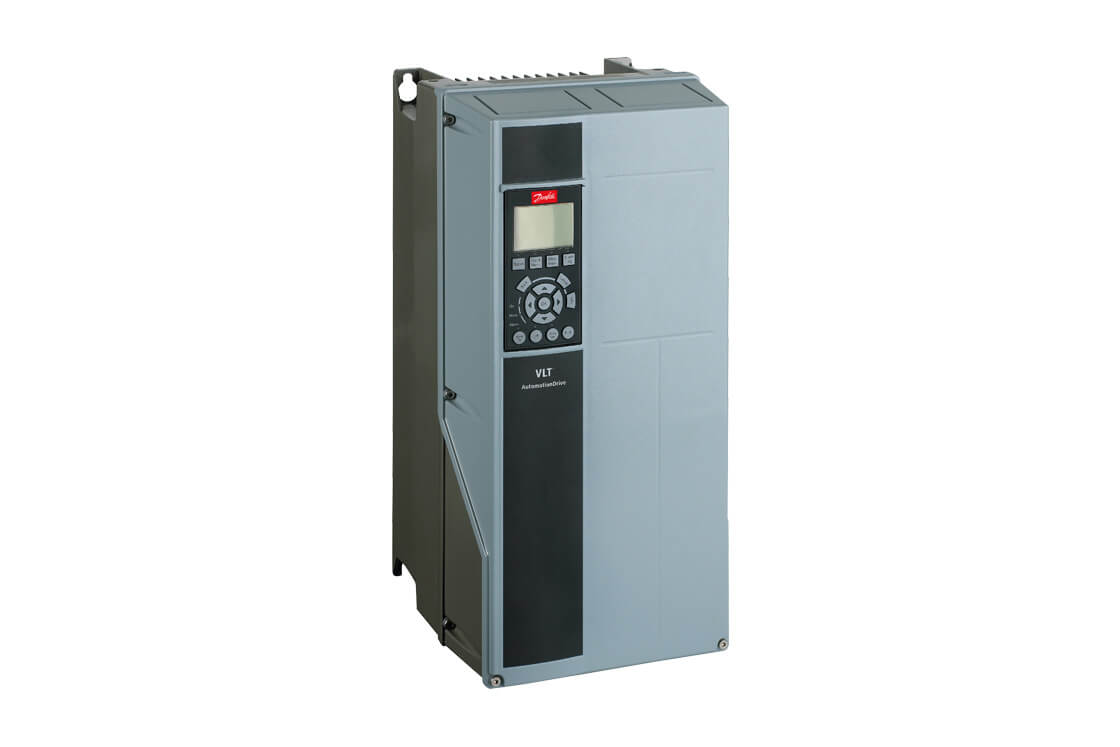
VLT® AQUA Drive FC 202
These drives are designed to provide the highest level of performance of AC-motor-driven water and wastewater applications.

